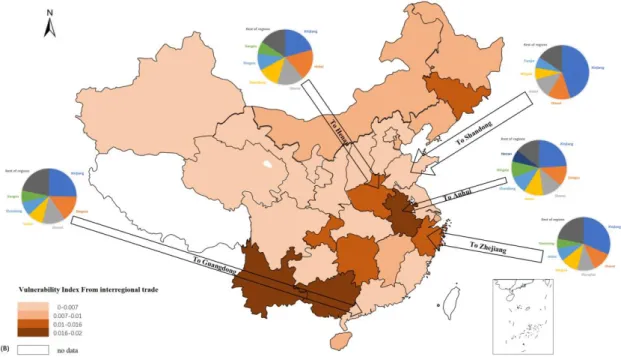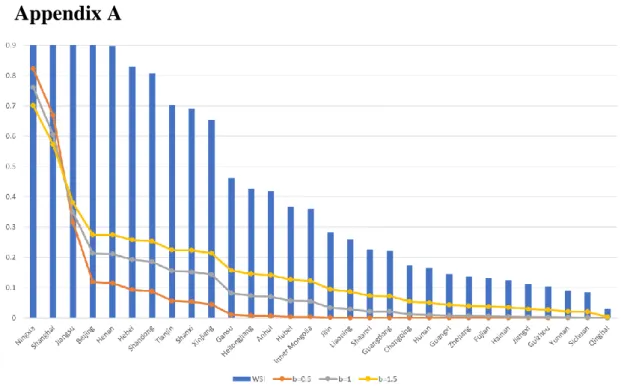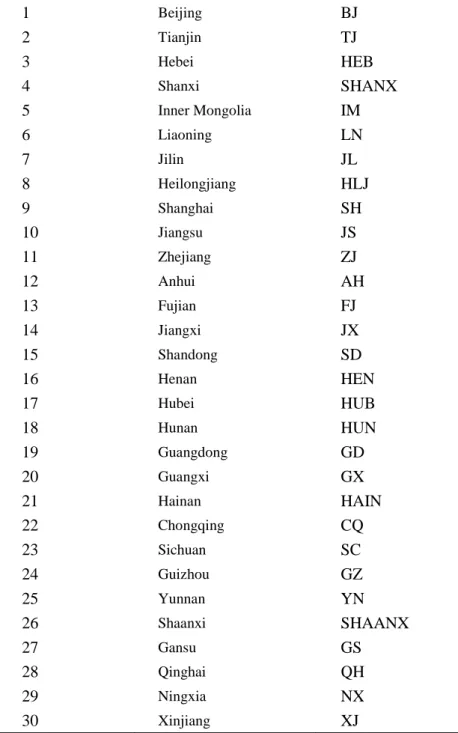Quantifying virtual water scarcity risk transfers of energy system in China
Texte intégral
Figure




Documents relatifs
In the heteroepitaxial strained layers, the driving force for the formation of the rough growing surface is lattice misfit strain between the film and the substrate, while it is
For the staggered stud walls the low-frequency sound transmission loss is limited by a mass–air–mass resonance which, as ex- pected, seems to shift lower in frequency as more mass
Carlsson's proof of Segal's Burnside Ring Conjecture for finite groups [6] (closely related to results of M. In section 3, we return to the study of maps from BG, proving a
[r]
The development system proposes a method to circumvent the limitations placed by the Modbus protocol [3][4] (as the typical series communication structure, improving the
In recent time different approaches have addressed the energy efficiency of buildings using predictive models of energy consumption based on usage profile, climate
Results Over 10 iterations of the main script, the average energy consumption is on average 169.6 Joules at room temperature, with a standard deviation of 3.1 Joules
Unité de recherche INRIA Rennes : IRISA, Campus universitaire de Beaulieu - 35042 Rennes Cedex (France) Unité de recherche INRIA Rhône-Alpes : 655, avenue de l’Europe - 38334



